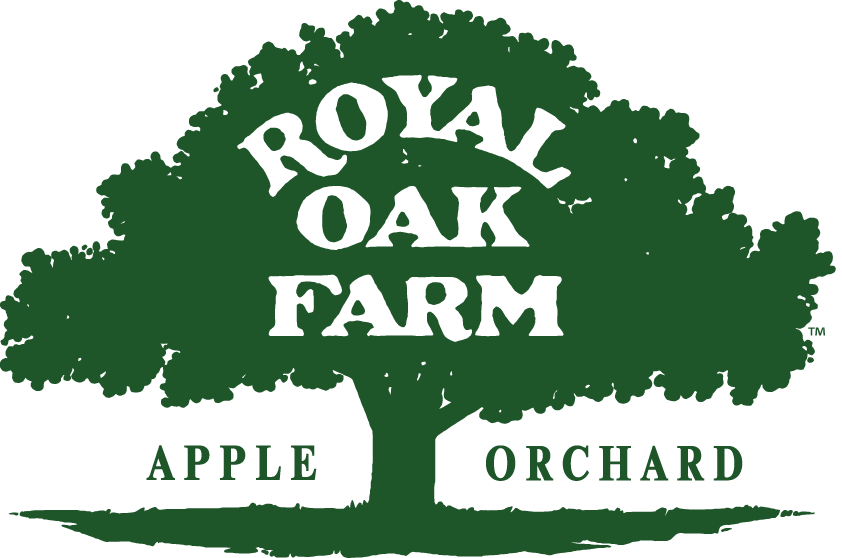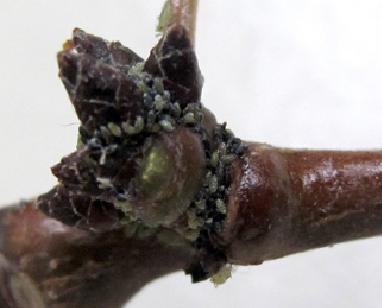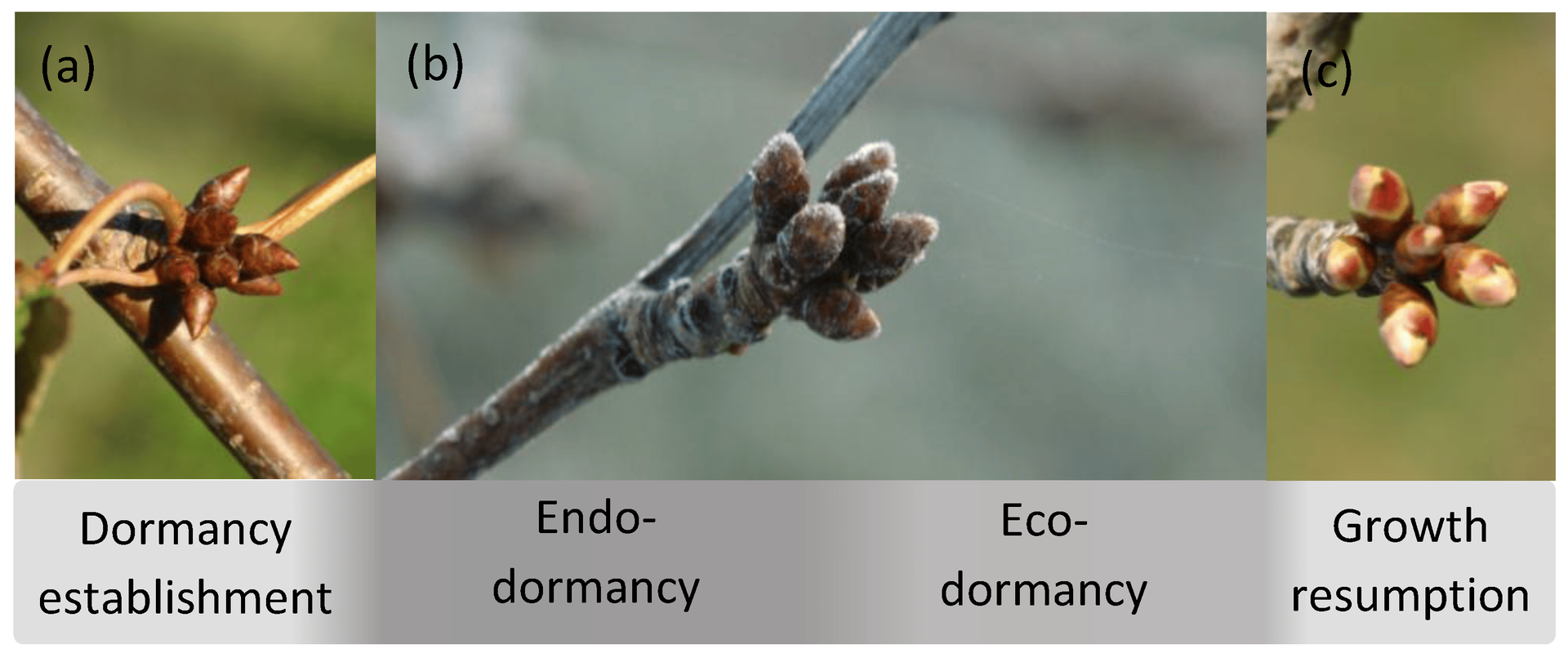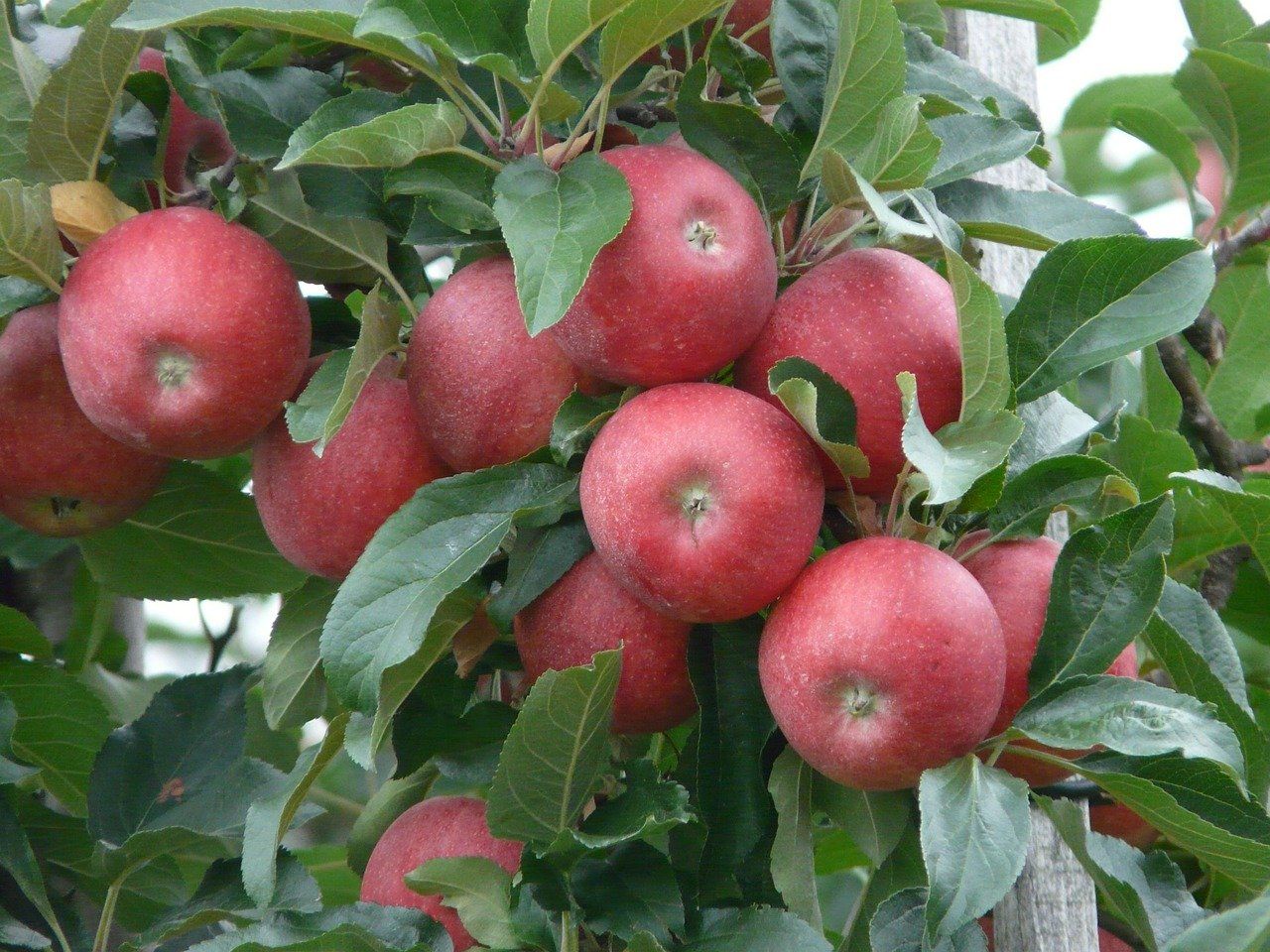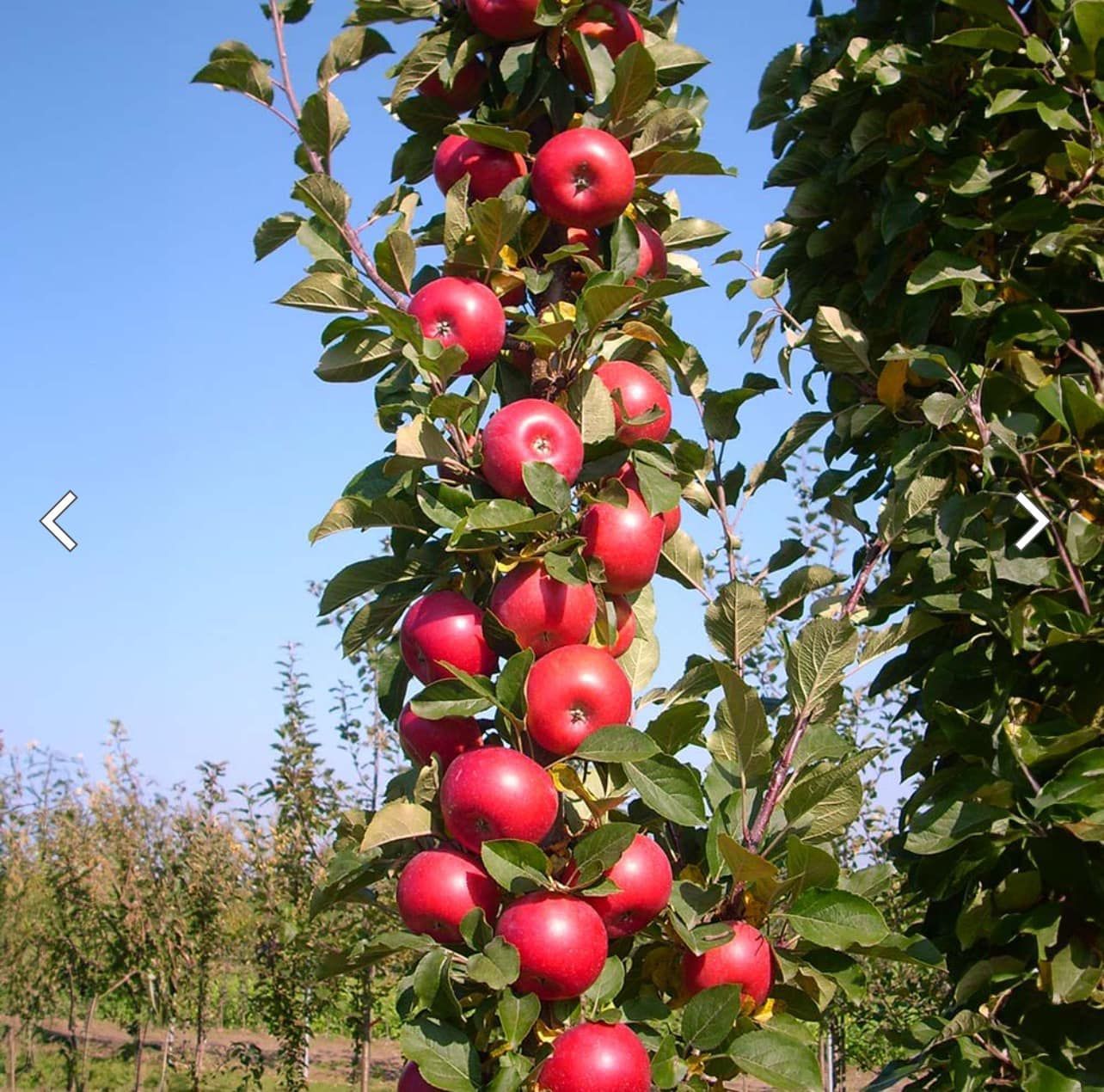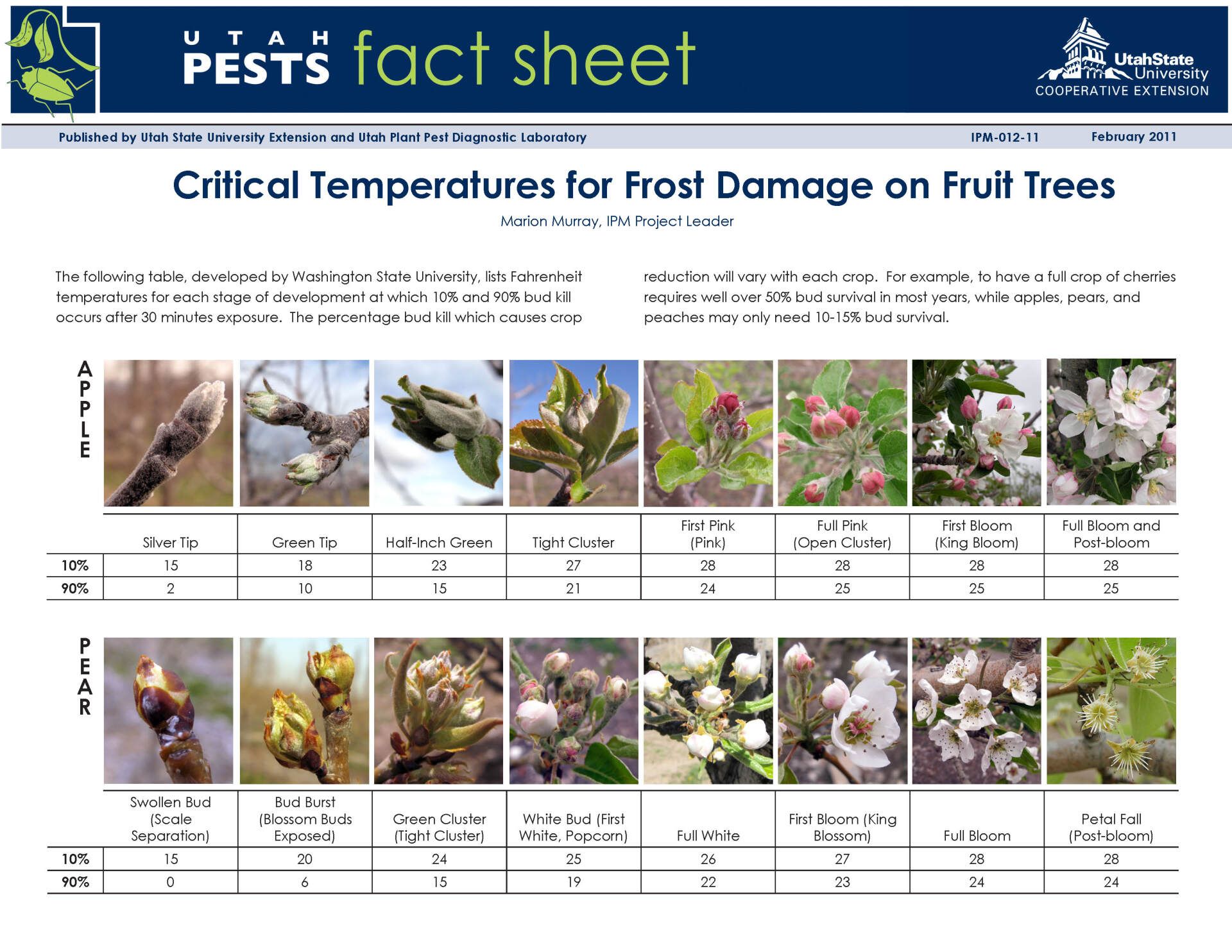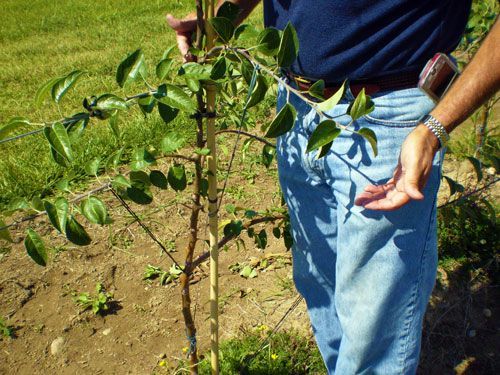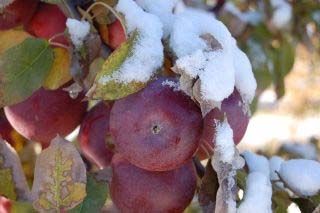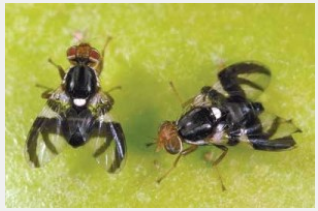Dealing with Fireblight
The Different Phases of Fireblight
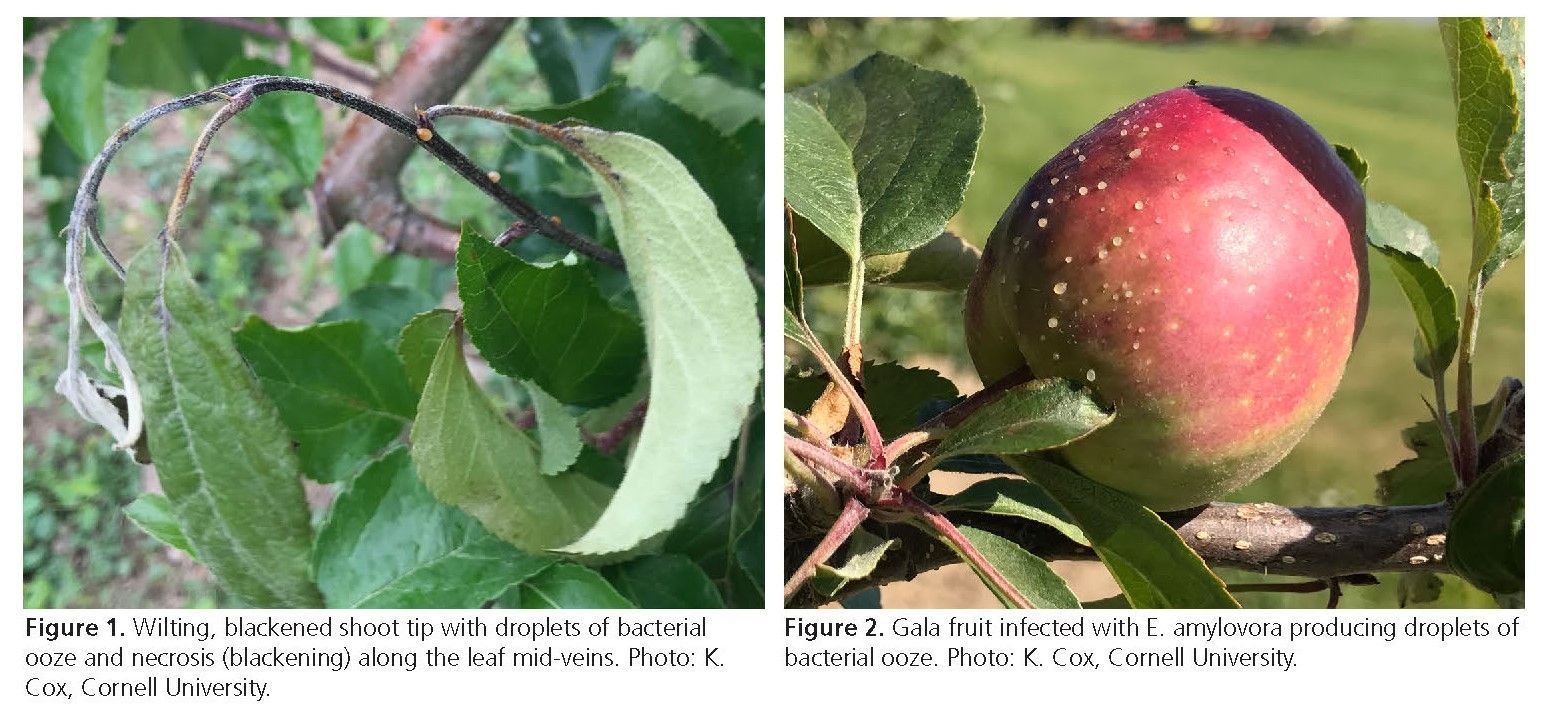
Since fireblight is a bacterial disease that has 4 different entries into the apple tree, I wanted to review how to control the disease. It has to be approached before it sets in or it can kill your trees. There is a reason why they call it "Fireblight". It can move like wildfire and under optimal conditions, it can destroy an entire orchard in a single growing season. And you don't play with fire! That's why I always tell all home growers to spray copper at silver tip and strep at bloom. Those are two sprays that I would never bypass. I've seen what fireblight can do in a large orchard and how sat it can move. It's the one disease to respect and prevent.
Let me be the one to say that THERE ARE NO APPLE VARIETIES 100% RESISTANT TO FIREBLIGHT". Fireblight cannot be cured, only controlled. That being said, here's why I said it. 'Stayman Winesap', 'Liberty', and 'Golden Delicious' cultivars are said to be "moderately resistant", and all strains of 'Delicious' are said to be "highly resistant" to fire blight, EXCEPT when tissues are damaged by frost, hail, or high winds. There's the caveat....the exception. And when you factor in that exception, there are no varieties 100% resistant to fire blight. And tissue damage can also come from your lawn mower, pet, kids, or anything else that can damage your tree like breaking a leaf or twig by accident. Once a tree is opened up to the pathogen, it can get fireblight. (Kostick, S.A., Norelli, J.L., & Evans, K.M. 2019. Novel metrics to classify fire blight resistance of 94 apple cultivars. Plant Pathology 68, 985-996. https://doi.org/10.1111/ppa.13012)
The four different entries of fireblight are:
Blossom blight: Open blossoms are colonized via the flowers’ stigmas and from there they gain entry via natural openings in the nectaries. Infected flowers and peduncles wilt, shrivel and darken. Infected fruitlets wither, turning black or brown. The entire flower cluster may shrivel and die but remain firmly attached to the tree.
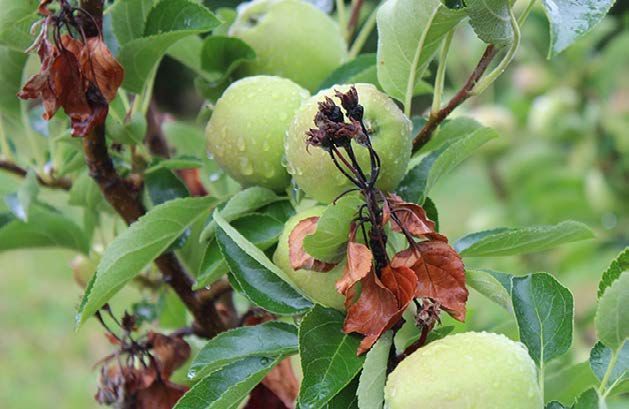
Shoot blight: Shoot tips wilt, turn black or brown, and bend down, forming the characteristic symptom called a shepherds crook . Infected leaves often turn black or purplish-brown along the mid-vein, as bacteria colonize the vascular tissue and move into the shoot. Young shoots are most susceptible and symptoms often stop at older, woody tissue. Apple leaves killed by fire blight turn dark orange-brown, whereas pear leaves will turn black.
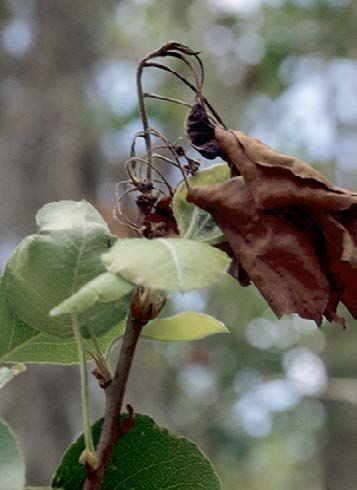
Canker blight: As bacteria move into the tree from infected shoots, infected woody tissues may form cankers. Shoots infected by bacteria moving into them from cankers, often appear distinctly orange-brown. Cankers may girdle the trunk, leading to tree collapse and death. The bacteria in overwintered cankers become active in the spring and may move systemically to adjacent, new growth. Bacterial ooze may form on the edges of cankers in spring.
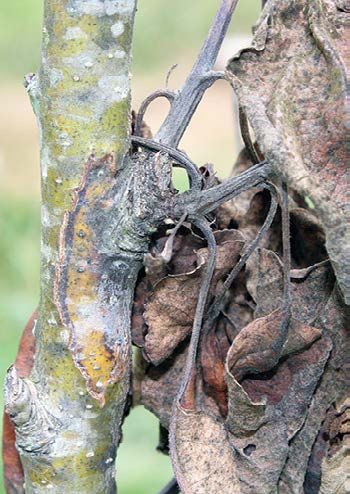
Rootstock blight: Bacteria can move systemically through vascular tissue from blighted blossoms or shoots to the rootstock, where a local canker forms. Sunken purple or orange cankers on infected rootstocks may girdle the trunk, leading to tree collapse and death.
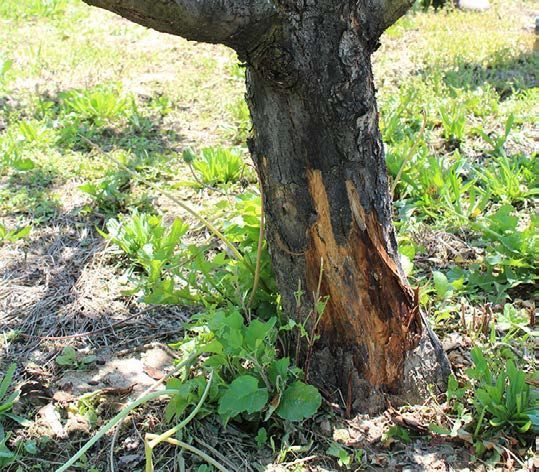
Trauma Blight
Trauma blight is an unusual, very destructive phase of fire blight that develops as the result of infections following injuries associated with late frosts, hail storms or high winds that damage leaves, fruit and shoots. Injuries caused by these events provide an entrance for the pathogen and shock or traumatize trees, reducing their natural defense mechanisms.
Strong storms accompanied by high winds and/or hail can injure trees and deliver inoculum that can colonize and cause shoot blight infections. Shoots are susceptible to infection any time that they are actively growing. The only effective control measure for trauma blight available currently is streptomycin in the form of Fertilome Fireblight Spray. Streptomycin is best applied as early as possible after the trauma event has occurred to maximize control. This is especially important if there are active fire blight cankers or strikes in the trees or if the trauma event resulted in extensive foliage damage. The old rule indicated that there was up to a 24 hour window of time after the trauma event to get a spray on. But new data coming out suggests that the timing should be much sooner, within 4 to 12 hours. The sooner the material can be applied after the event enables targeting of bacteria prior to their internalization and establishment of infection.
Streptomycin should not be sprayed as a preventive measure for shoot blight. This is not an effective use of this material and only promotes the development of streptomycin-resistant strains.
Prune out infected plant material
Infected stems and branches should be pruned out of the tree. This is best done while the plants are dormant to avoid spreading the bacteria to healthy parts of the plant (or other plants). But, if fireblight strikes during the growing season, you need to prune it out during the growing season, and right away. Make sure to do it when conditions are dry to reduce the chance of spread. Prune 6 to 12 inches below visible symptoms, and make sure to sanitize pruners between each cut with Lysol spray. Infected branches with cankers should be pruned at least 6 to 8 inches below any infected cankers.
Because the pathogen that causes fire blight is a bacteria, fungicides won't work to control it. However, there are some bactericides that can be used to help manage fire blight.
Copper compounds can be sprayed during the dormant season and at green tip. This can help reduce the amount of bacteria that builds up on the surface of the trees. Bonide Copper, which is copper octanoate is one residential product that can be used.
Streptomycin, an antibiotic can be used during bloom to protect flowers. Streptomycin will kill the fire blight bacteria, preventing it from infecting the flowers. Fertilome Fireblight Spray is a residential product that can be used. It cannot be overstated that if Streptomycin is not used properly, there is a risk that the fire blight bacteria can develop resistance to it.
If you use an antibiotic spray, take steps to reduce the chances of resistance developing:
- Only use the rate recommended on the label
- Do not apply more than two times in a season when plants are blooming.
- The most important thing to do to control fire blight during the summer is to control sucking insects like aphids and leafhoppers.
- Applying streptomycin sprays within 24 hours after hail to prevent new infections is also a good practice to prevent trauma blight. This is the only time post-bloom streptomycin is recommended.
Serenade, Double Nickel, Regalia, and Oxidate have been tested for fire blight control, mostly by spraying during bloom. These products often provide control better than the untreated check, but they usually are not as effective as spraying streptomycin during bloom.
For further reading on this disease: https://www.extension.purdue.edu/extmedia/bp/bp-30-w.pdf
This publication contains pesticide recommendations that are subject to change at any time. These recommendations are provided only as a guide. It is always the pesticide applicator's responsibility, by law, to read and follow all current label directions for the specific pesticide being used. Due to constantly changing labels and product registration, some of the recommendations given in this writing may no longer be legal by the time you read them. If any information in these recommendations disagrees with the label, the recommendation must be disregarded. No endorsement is intended for products mentioned, nor is criticism meant for products not mentioned. The author assumes no liability resulting from the use of these recommendations.
Backyard Orchard Management @ Royal Oak Farm Orchard
Backyard Orchard Management @ Royal Oak Farm Orchard is a blog for the home fruit tree grower providing information about fruit tree management, fruit tree pruning & training and Integrated Pest Management from the IPM Specialist and Certified Nurseryman at Royal Oak Farm Orchard, a 22,000 tree apple orchard and agri-tourism operation located in Harvard, Illinois.
Click or tap any title to read that post.

